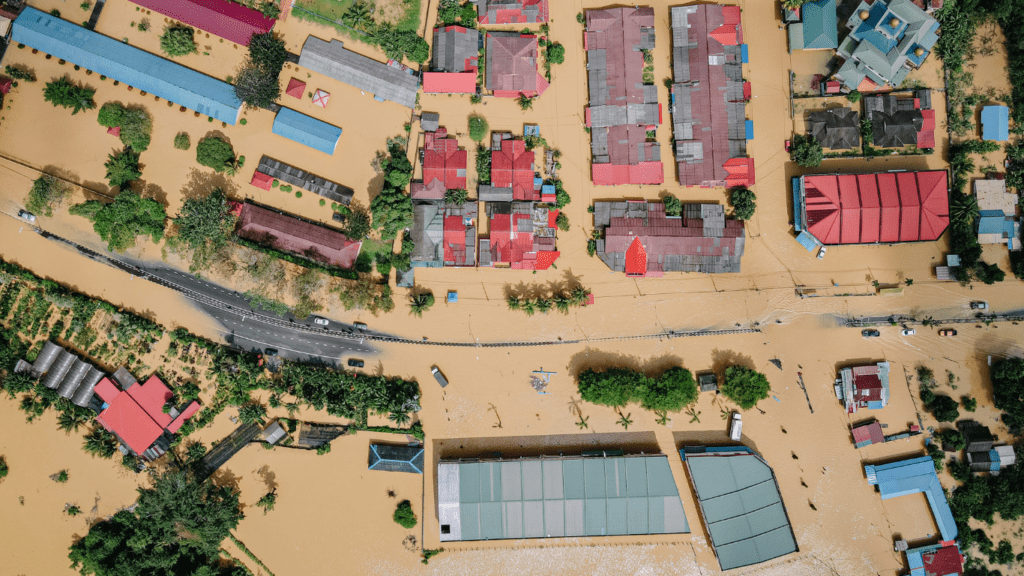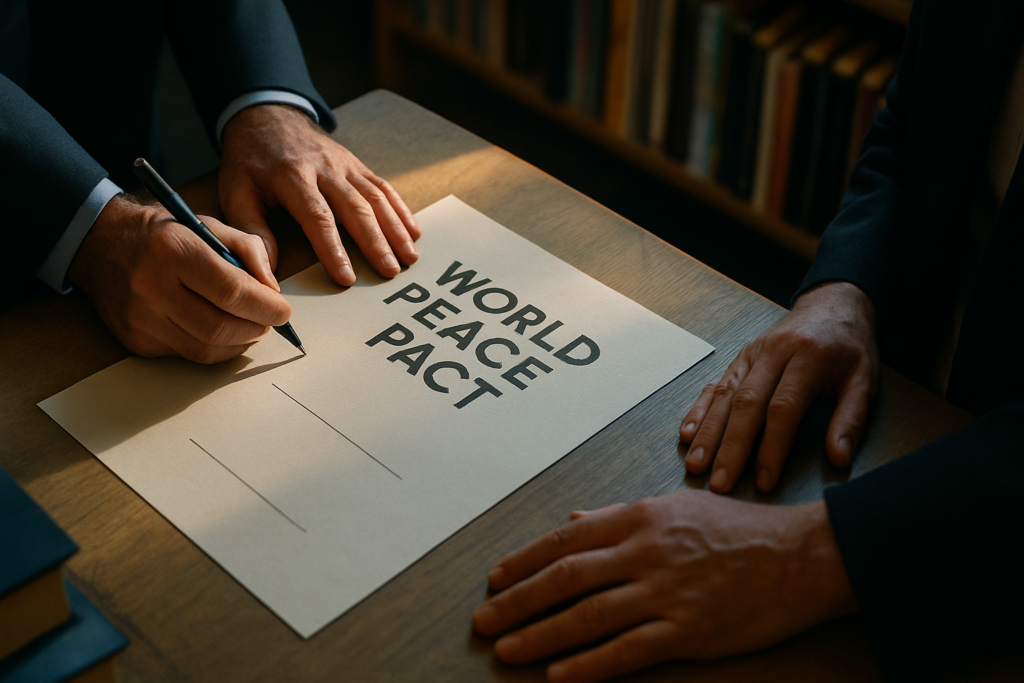Overview of Recent Global Natural Disasters
Several significant natural disasters have occurred recently, drawing a robust response from the international community.
Impact and Scale
- Earthquakes: A 7.1 magnitude earthquake struck Central Mexico in September 2017, affecting millions and causing extensive damage to infrastructure, including homes, hospitals, and schools.
- Floods: Severe floods inundated Kerala, India, in August 2018, displacing over 1 million people, leading to significant agricultural losses, and causing widespread damage to property.
- Cyclones: Cyclone Idai, which hit Mozambique, Zimbabwe, and Malawi in March 2019, left an estimated 2.6 million people in need of assistance, destroying homes, farmland, and vital infrastructure.
Response Timeline
- Initial Response: Within hours of the Central Mexico earthquake, local and national emergency services mobilized, with international search and rescue teams arriving within 48 hours.
- Ongoing Support: Following the 2018 Kerala floods, international NGOs provided immediate relief supplies, and later, reconstruction efforts commenced, focusing on restoring housing, healthcare, and education facilities.
- Long-term Aid: Post-Cyclone Idai, global organizations like the UN and the Red Cross led comprehensive recovery initiatives, including disease prevention, infrastructure rebuilding, and economic support for affected communities.
Role of International Organizations in Disaster Relief
International organizations play a pivotal role in disaster relief by providing comprehensive support and resources to affected regions. They coordinate efforts, ensure efficient resource distribution, and aid in both immediate and long-term recovery.
United Nations and Its Agencies
The United Nations (UN) leads global disaster relief using its specialized agencies for efficient coordination. The UN Office for the Coordination of Humanitarian Affairs (OCHA) mobilizes response resources and coordinates international relief efforts in emergencies.
The World Food Programme (WFP) supplies essential food aid to disaster-hit areas, addressing urgent nutritional needs. UNICEF ensures that children in affected regions receive proper care, focusing on health, education, and protection.
The UN Development Programme (UNDP) supports rehabilitation and rebuilding efforts, promoting long-term resilience in disaster-affected communities.
Non-Governmental Organizations’ Contributions
Non-Governmental Organizations (NGOs) play a crucial, complementary role in disaster relief, offering specialized services and direct aid.
The Red Cross and Red Crescent Societies provide emergency medical assistance and shelter, while Doctors Without Borders delivers essential medical care in crisis situations.
Organizations like Oxfam and CARE focus on clean water, sanitation, and livelihood restoration. NGOs bring on-ground expertise, enabling rapid response and sustained support across various disaster phases, from immediate relief to long-term recovery.
Their work ensures that aid reaches even the most remote and underserved populations, enhancing the overall effectiveness of global disaster response efforts.
Financial and Humanitarian Aid Overview

Financial and humanitarian aid plays a crucial role in helping disaster victims rebuild their lives. Aid comes in various forms and faces several challenges in delivery.
Types of Aid Provided
Governments, NGOs, and international organizations provide multiple types of aid:
- Financial Assistance: Cash transfers and funding help affected populations purchase essentials and rebuild.
- Medical Aid: Supplies, equipment, and medical teams address immediate health concerns.
- Food and Water: Non-perishable food items and water purification systems ensure access to basic needs.
- Shelter: Temporary shelters, tents, and housing materials provide protection.
- Rehabilitation Support: Psychological counseling and livelihood programs aid long-term recovery.
Challenges in Aid Delivery
Delivering aid effectively involves overcoming several obstacles:
- Logistical Issues: Damaged infrastructure and remote locations hinder transport and distribution.
- Coordination: Multiple agencies often result in overlapping efforts or missed areas.
- Security: Conflict zones and unsafe environments pose risks to aid workers.
- Funding Gaps: Insufficient funds delay crucial assistance projects.
- Local Corruption: Mismanagement and theft of resources reduce aid impact.
The international community’s response continues to evolve, addressing these challenges to ensure disaster victims receive timely and effective support.
Importance of Global Solidarity
Global solidarity stands as a pillar supporting communities impacted by natural disasters. Coordinated international efforts significantly enhance the reach and effectiveness of aid.
Examples of Successful Aid Initiatives
Several aid initiatives exemplify the power of global solidarity. Following the 2010 Haiti earthquake, international aid organizations like the Red Cross provided immediate relief, including medical assistance and shelter. The UN’s Central Emergency Response Fund (CERF) allocated $36 million for rapid response.
Another example is the international support in response to the 2018 Kerala floods. Multiple countries, including the UAE and Qatar, sent financial aid and essential supplies. NGOs partnered with local authorities to distribute food, water, and medical care promptly.
During Cyclone Idai in 2019, global solidarity was evident as numerous nations and organizations like UNICEF and the WFP provided vital resources. They focused on food security, clean water, and healthcare, significantly reducing the disaster’s impact.
Long-Term Impact of International Cooperation
Sustained international cooperation helps communities rebuild and strengthen resilience. Post-tsunami recovery in Indonesia’s Aceh province, supported by the World Bank and global donors, resulted in new infrastructure and improved disaster preparedness.
In the aftermath of the 2015 Nepal earthquake, long-term international aid contributed to rebuilding schools, hospitals, and homes. Collaborative efforts from entities like the UNDP and USAID enabled sustainable development, aligning with the “Build Back Better” principle.
Global solidarity fosters knowledge sharing, enhancing local capacities in disaster management. Partnerships enable affected regions to adopt best practices and innovative solutions, promoting a more resilient global community.




